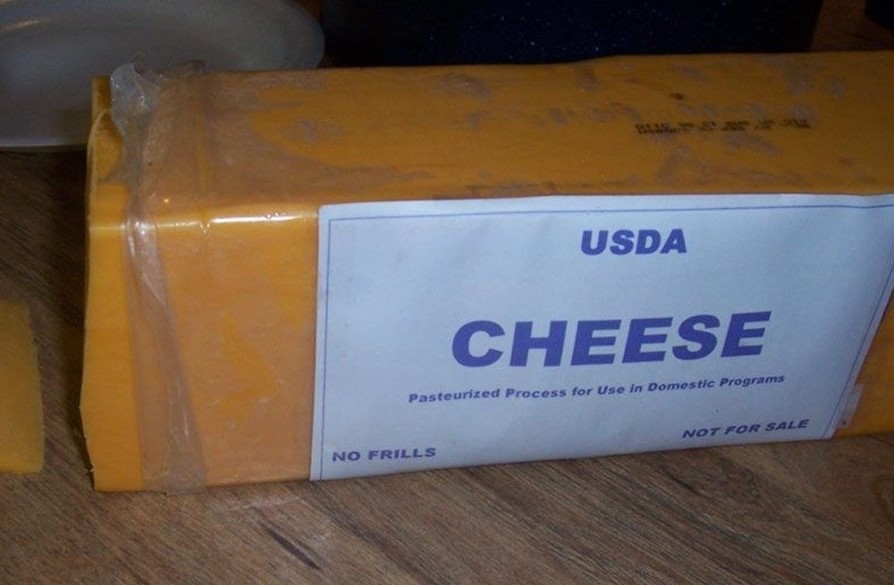Government Cheese: A Slice of American History
Government cheese is more than just a block of dairy product; it’s a symbol of a unique period in American history. Originating in the 1980s, government cheese was part of a U.S. federal assistance program aimed at reducing surplus dairy products and aiding low-income families. The concept of distributing cheese to citizens was a response to the agricultural surplus and the need to support farmers while providing food assistance to those in need.
The Origins and Purpose
The roots of government cheese can be traced back to the dairy industry crisis of the late 1970s and early 1980s. During this time, U.S. dairy farmers produced more milk than the market could consume. To stabilize prices and support farmers, the federal government bought excess dairy products, which included cheese, butter, and powdered milk. This led to large stockpiles of cheese stored in government warehouses.
To address both the surplus and the rising levels of poverty, the government decided to distribute the excess cheese through the Temporary Emergency Food Assistance Program (TEFAP). The aim was to help low-income families by providing them with a nutritious food source, while also reducing the surplus dairy products. The cheese distributed was typically processed American cheese, known for its long shelf life and affordability.
The Cheese Itself
Government cheese was typically packaged in large blocks, often weighing five pounds or more. It was a processed cheese product, made by combining natural cheese with emulsifiers to create a smooth, uniform texture that could be easily sliced or melted. Its taste and texture were similar to commercial processed cheeses like Velveeta, but it was usually less creamy and more firm.
The cheese became a staple in many American households, especially those participating in food assistance programs. It was used in a variety of dishes, from grilled cheese sandwiches to macaroni and cheese. For many, it became a symbol of sustenance during tough economic times.
Cultural Impact
Over the years, government cheese has gained a significant cultural and nostalgic status. It is often remembered fondly by those who grew up in households that received it. The cheese has been referenced in music, television, and literature, often as a symbol of struggle and resilience.
Despite its utilitarian origins, government cheese has left a lasting legacy. It serves as a reminder of the federal government’s efforts to support both the agricultural sector and low-income families during economically challenging times.
The End of an Era
The distribution of government cheese largely ended in the early 2000s as the federal government changed its approach to food assistance and agricultural support. Advances in food production and distribution, as well as changes in government policies, led to the phasing out of the cheese surplus program.
Today, government cheese is remembered as a unique chapter in American food history. It represents the intersection of agriculture, economics, and social welfare. While it may no longer be distributed, its legacy lives on in the memories of those who relied on it and in the stories that continue to be told about its impact on American society.
In conclusion, government cheese is more than just a dairy product. It is a testament to a time when the government sought innovative ways to address both agricultural surpluses and the needs of its citizens. It remains a symbol of resilience and resourcefulness in American history.
